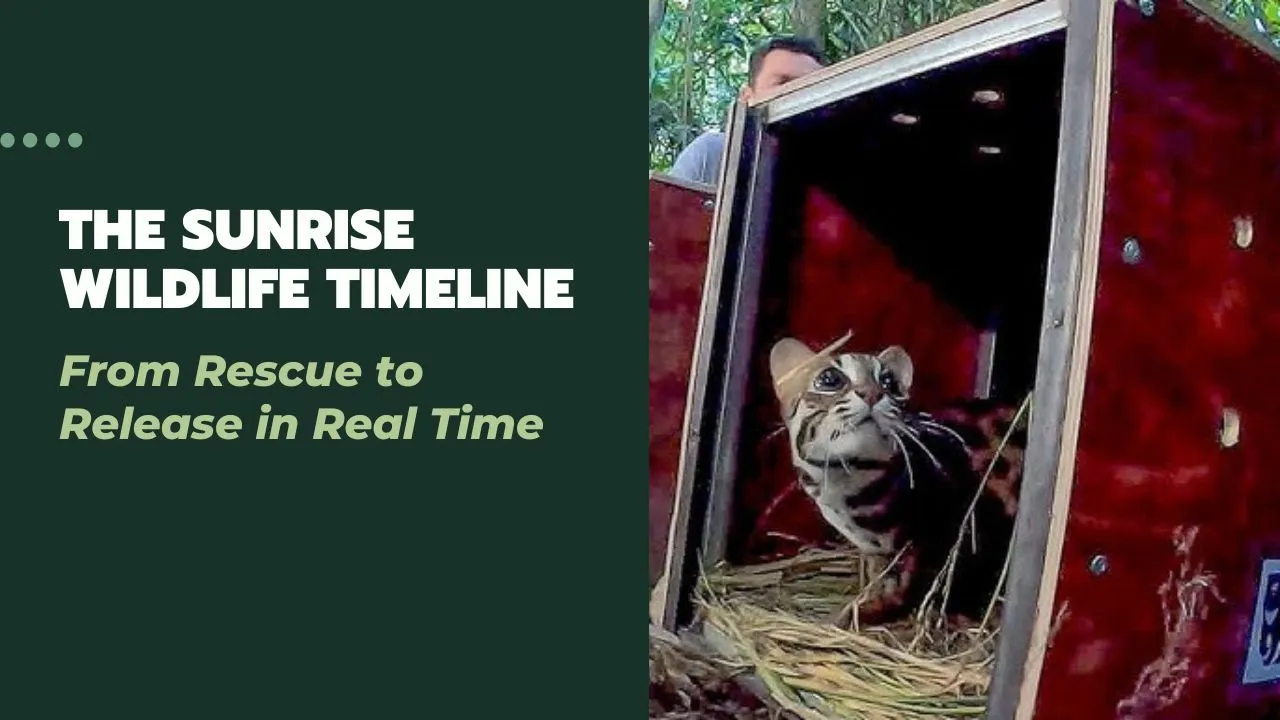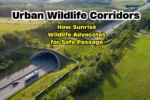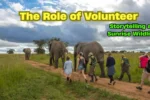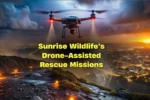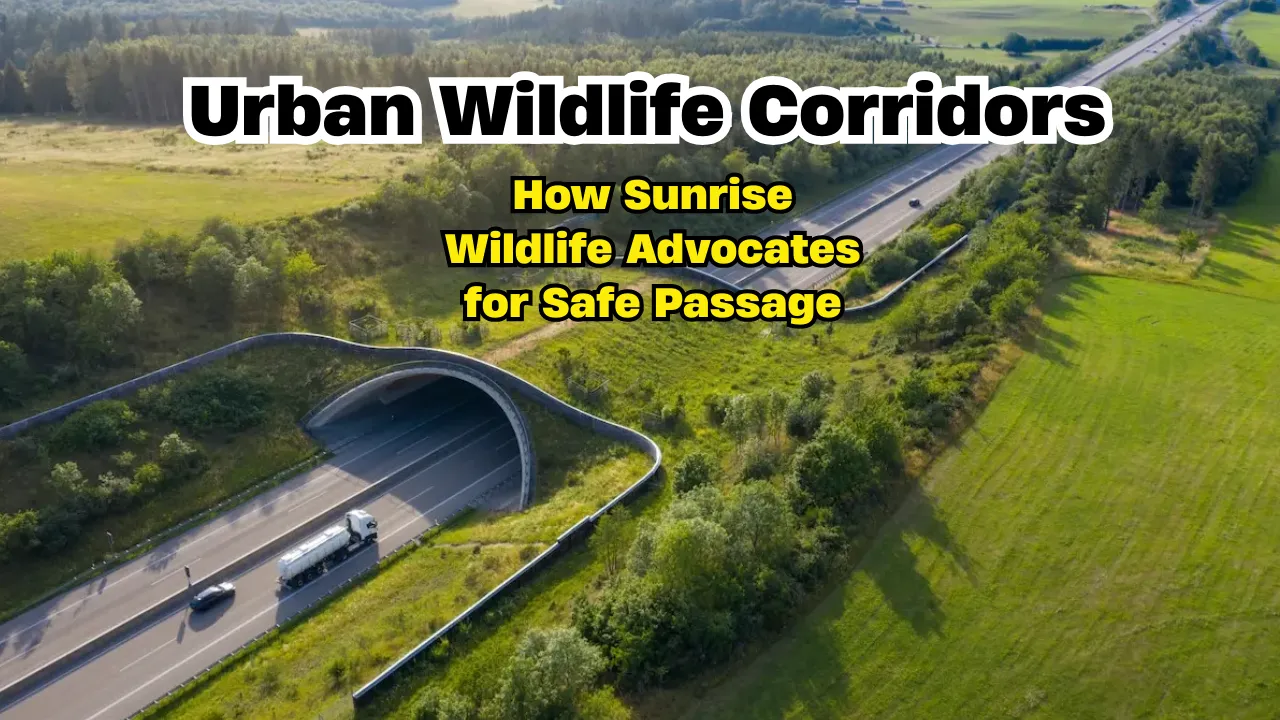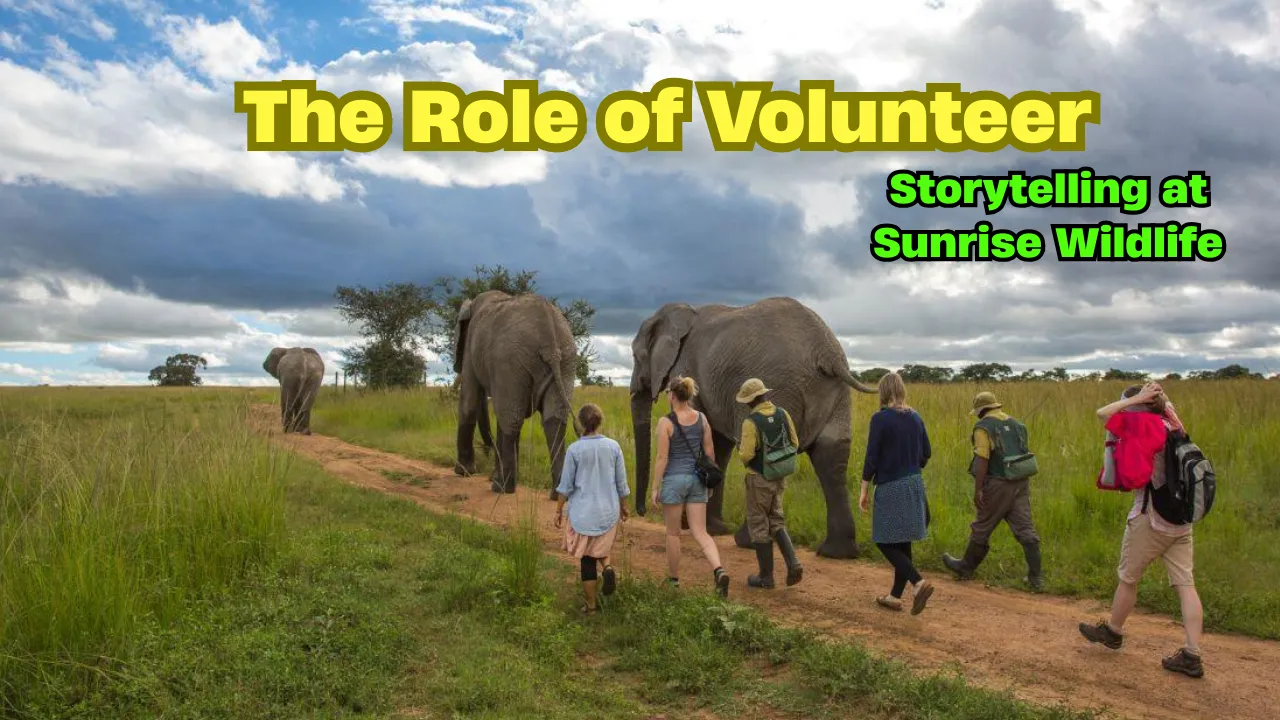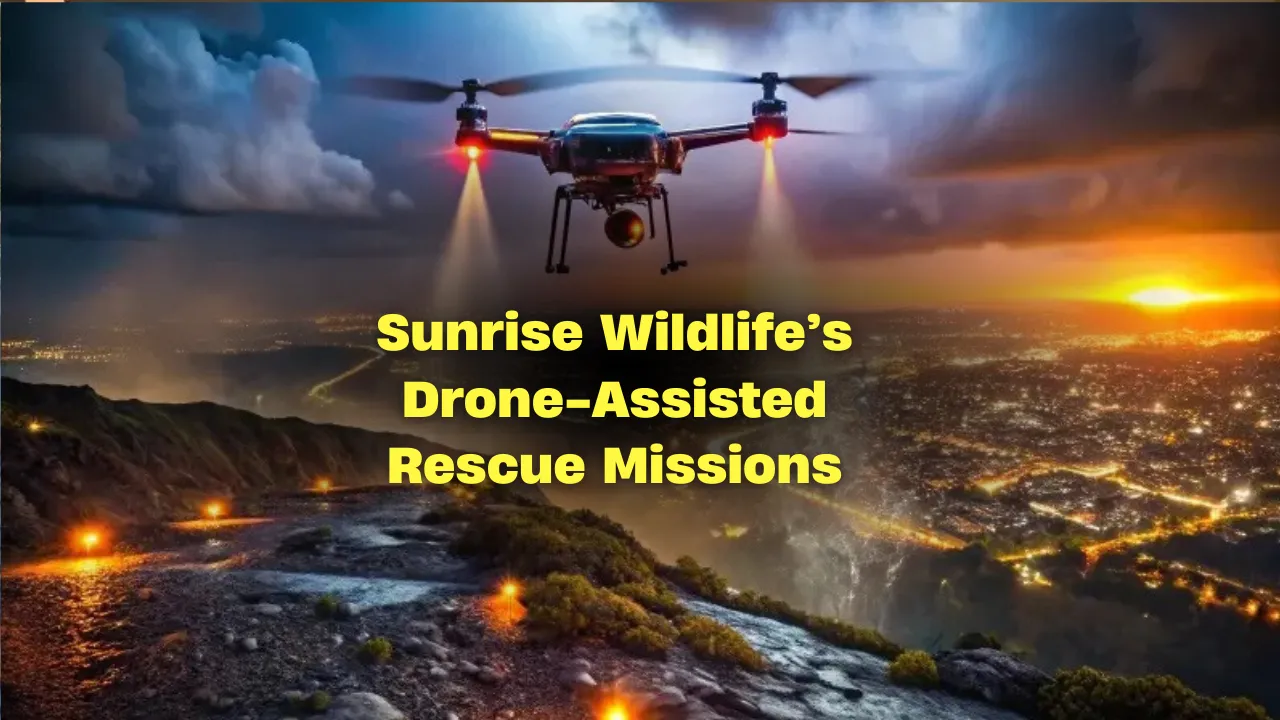Sunrise Wildlife Timeline is a powerful journey that begins with the cry of distress from a wild creature and ends with the joyful return of that animal back into nature. Every rescued animal has a story—of danger, survival, and the compassionate hands that help it heal. As human expansion increasingly affects natural habitats, more wild animals are found injured or displaced. But thankfully, wildlife rescue organizations and trained professionals are working tirelessly to give these animals another shot at freedom.
This article follows the full scope of the Sunrise Wildlife Timeline, offering a detailed look at each step along the way. From the moment a wild animal is rescued, through its treatment and recovery, to the final release and beyond, every part of this timeline plays a vital role in ensuring a successful return to the wild. With a focus on real-time action and ongoing monitoring, this guide reveals how animal welfare experts work behind the scenes and in the field to save lives every day.
Understanding the Sunrise Wildlife Timeline in Real-Time
The Sunrise Wildlife Timeline isn’t just a schedule — it’s a deeply coordinated series of actions driven by urgency, expertise, and compassion. It tracks every step from the point of discovery to final release, ensuring that no detail is overlooked in the rescue process. At the heart of this timeline is the goal to restore health, natural behavior, and independence to every injured animal, allowing it to return safely to its native environment. This timeline helps wildlife rehabilitation centers organize their care, monitor each stage, and plan better outcomes for animals in need.
Overview Table: Sunrise Wildlife Timeline Key Phases
| Phase | Description |
| Rescue Alert | Initial contact or call for help; assessment and safe capture of the animal |
| Emergency Medical Care | First aid, diagnosis, and stabilization of the animal’s health |
| Rehabilitation Process | Long-term recovery, including nutrition, therapy, and natural behavior training |
| Pre-Release Evaluation | Health checks, skill assessments, and habitat selection |
| Wildlife Release | Return to natural surroundings in a safe, planned environment |
| Post-Release Monitoring | Tracking and behavioral observation to ensure successful adaptation |
The Rescue Alert: First Response Matters
The timeline begins with an urgent call. A passerby spots a bird tangled in fishing line or a deer hit by a vehicle, and a wildlife rescue team is contacted. This first stage of the Sunrise Wildlife Timeline demands speed, precision, and calm decision-making. Responders assess the scene quickly, taking care to approach the injured animals without causing further stress or harm.
Using the right tools and techniques, the team safely captures the animal. This moment is critical: the less time an animal spends in distress, the better its chance for recovery. Proper handling, temperature control during transport, and detailed communication with the destination wildlife rehabilitation center are all key parts of this initial phase.
Emergency Care and Medical Treatment
As soon as the animal arrives at the center, a full medical assessment is conducted. Trained wildlife veterinarians examine for fractures, infections, or internal injuries. X-rays, blood tests, and hydration therapy often take place within hours of rescue. This stage in the Sunrise Wildlife Timeline is where survival truly begins.
The animal care team stabilizes the patient with supportive treatment, such as fluids, antibiotics, or surgery if needed. Whether it’s a raptor with a wing injury or a fox suffering from malnutrition, this period is about minimizing pain and starting the healing process. Time and care are balanced carefully — urgency meets patience here.
Long-Term Rehabilitation and Recovery
Recovery doesn’t end with medical stabilization. The next stage focuses on restoring strength, function, and natural instincts. Animals are moved into quiet enclosures where they are gradually reintroduced to natural food sources, movement, and sometimes companionship with other wildlife.
For example, a young owl might need flight training before being released, while a turtle may need to rebuild muscle strength after weeks of immobility. The Sunrise Wildlife Timeline accounts for both physical and psychological recovery. Keeping stress levels low, avoiding human imprinting, and allowing space for wild behaviors to return are all part of this extended phase.
Rehabilitation can last weeks or even months. During this time, nutrition is customized, enrichment activities are introduced, and behavior is closely monitored to determine readiness for release.
Preparing for Release: Getting Back to Nature
Once the animal shows full physical and behavioral recovery, it enters the release preparation phase. Here, the wildlife team reviews data, monitors feeding and survival skills, and begins to identify a suitable release site. This step in the Sunrise Wildlife Timeline ensures that the animal is not just healed, but also capable of surviving in the wild.
Wildlife release sites are chosen based on food availability, safety from predators, and minimal human interference. The team may scout the area days in advance. On release day, the animal is transported early — often at dawn, when temperatures are cool and disturbances are few.
Real-Time Monitoring After Release
Thanks to advances in wildlife tracking, many animals are now equipped with temporary GPS collars or tags after release. This final stage in the Sunrise Wildlife Timeline gives biologists critical insight into post-release success. They can track migration, hunting behaviors, and social interactions.
Some animals re-adapt quickly, while others may return to familiar rescue zones. Monitoring allows teams to respond to re-injury risks or adapt their future care protocols. It’s a blend of fieldwork and data science, and it’s helping shape the future of wildlife rehabilitation.
Two Key Stages in the Sunrise Wildlife Timeline
- Rescue and Emergency Care:
- Fast, informed action in the first hours of discovery.
- Critical life-saving steps include safe transport and medical intervention.
- Fast, informed action in the first hours of discovery.
- Rehabilitation and Readiness:
- Reintroduces natural behaviors and builds strength.
- Monitored closely to ensure physical and behavioral recovery.
- Reintroduces natural behaviors and builds strength.
Community Role in Wildlife Rescue
The public plays a major part in the Sunrise Wildlife Timeline. Reporting injured animals quickly, avoiding roadside litter, and keeping pets away from wild areas are simple actions that make a difference. Many wildlife rehabilitation centers also offer educational programs, encouraging local communities to engage with nature responsibly.
Volunteers and donors keep many of these centers running. From preparing food to assisting with habitat maintenance, public involvement strengthens the success rate of wild animal recovery.
FAQs
1. What does the Sunrise Wildlife Timeline include?
It covers every stage from an animal’s rescue, medical care, and rehabilitation to its release and follow-up tracking.
2. How long does it take for an injured animal to recover?
Recovery time varies depending on the injury and species; it can be a few weeks or several months.
3. Can I bring an injured animal to a wildlife center myself?
Yes, but only if it’s safe for both you and the animal. Contact your local center for instructions before handling wildlife.
4. What happens if the animal isn’t ready for release?
If an animal can’t return to the wild, it may be placed in a sanctuary or educational facility with proper care.
5. Are released animals monitored afterward?
Yes, many are fitted with trackers to study their behavior and improve future rescue outcomes.
Final Thought
The Sunrise Wildlife Timeline is more than a sequence of events—it’s a testament to dedication, strategy, and compassion in wildlife conservation. Every successful rescue is the result of careful planning, skilled action, and community support. The journey from trauma to triumph doesn’t happen overnight, but with every sunrise, another wild life is given a new beginning.
If you found this journey inspiring, consider learning how you can support your local wildlife rescue team. Share this article, volunteer, or simply stay informed — the natural world depends on it.
